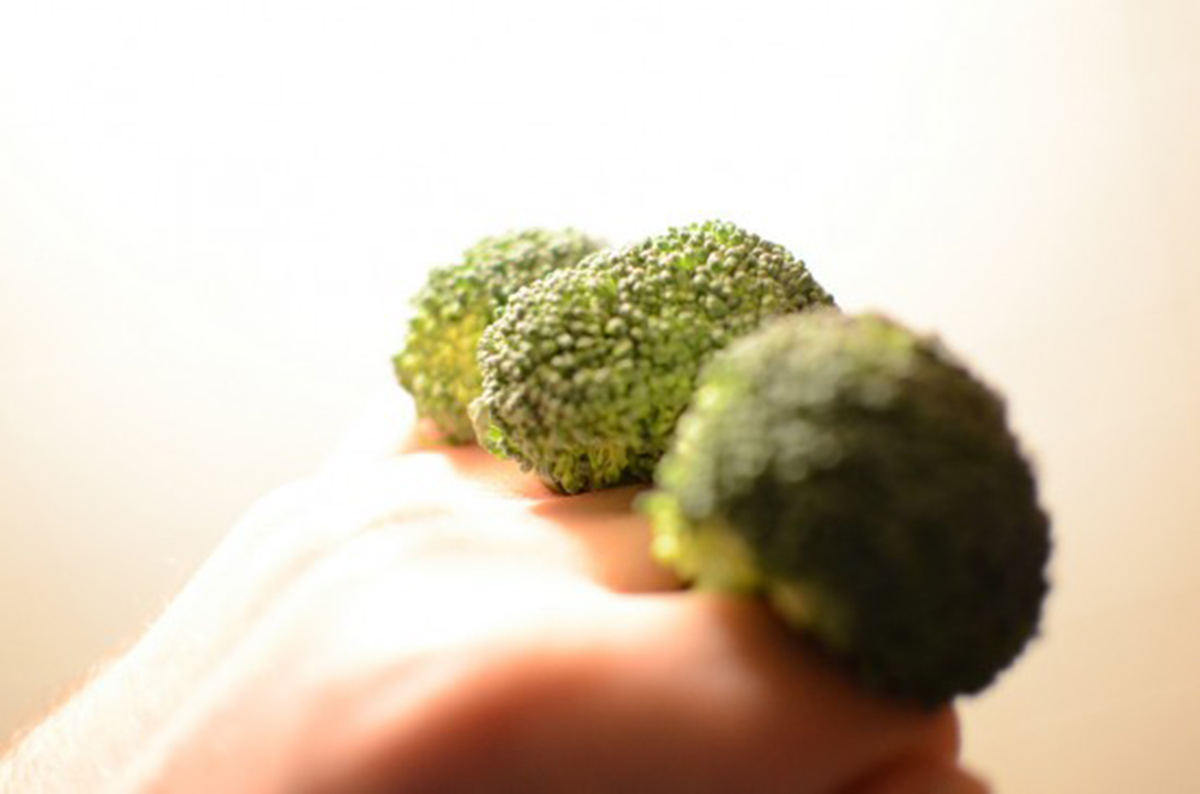The rapid aging of population in industrialized countries made some age-associated medical problems very common. Arthritis is one of such conditions. This is now a leading cause of severe long-term pain and physical disability. The disease itself is represented as one of the major burden for individuals, health care and social care systems by affects hundreds of millions of people around the world.

Currently, there is no ultimate effective treatment for arthritis, and it is usually managed with pain killers. Joint replacement surgery (which tends to be rather expensive) can be offered in the more severe cases. People affected by arthritis are naturally interested in better ways of managing the condition. The health products market for people affected by arthritis is huge, but unfortunately the effect of various remedies is limited at the best.
General features of arthritis
The term Arthritis refers to the inflammation of joints. The major complaint in arthritis is a chronic localized pain in affected joints, mainly due to the inflammation on and around the joint or damage to the joint incurred by the disease.
It is estimated that arthritis affects more than 46 million people in the US alone, and this count is expected to cross the figure of 67 million by the year 2030.
Read More: Natural Remedies for Arthritis
Out of more than 100 types of arthritis, osteoarthritis and rheumatoid arthritis are two most severe and prevalent forms, especially among elderly and women. In general, both types of arthritis seem to have common features but the underlying pathological processes are very different in these two conditions. Osteoarthritis is known as degenerative joint disease, primarily due to the concern of joint degradation. Usually the disease affects the joints that bear load (in the hips, feet, knees and spine) and is caused by a variety of triggers such as mechanical injury, infection, obesity, or aging. It often comes with gradual breakdown of cartilage, which results in the loss of cushioning effect of the joint, eventually resulting in inflammation. Contrary to osteoarthritis, rheumatoid arthritis is an inflammatory autoimmune condition, where the body’s own immune system assaults the joints. The disease affects diverse tissues and organs but mainly attacks flexible (synovial) joints. The disease is typically characterized by the proliferation of cells lining the joints and cells that synthesize the extracellular matrix and collagen, the structural framework of connective tissues. The excessive proliferation of these cells results in the formation of unusual membrane of granulation tissue in the affected joints.
Broccoli And Arthritis: Scientific Perspective
Exercise and body weight reduction are primary methods of controlling the arthritis. But some recent reports indicate that diet modifications may play a positive role too. Specifically, researchers became interested in some components of broccoli which have shown promising results in the laboratory experiments.

This is not the first time broccoli attracts the attention of medical community. This humble vegetable has been praised for positive effects in people suffering from diseases and conditions as various as allergies, hypertension, diabetes and cancer. Broccoli has firmly secured a place for itself in the must-have list of any health-conscious person. The plant is an important source of carotenoids, vitamins C, dietary fibers and a large number of phytochemicals. Broccoli seems to have the cholesterol-lowering, detoxifying and anti-inflammatory properties. It possesses antimicrobial activity, and it is packed with various anti-oxidants that help to maintain the health of cardiovascular, digestive and nervous systems.
The first key observation which suggests a possible role of broccoli in preventing arthritis came from the studies performed by a group of German scientists working at the University Hospital Aachen. They observed that sulforaphane (1-isothiocyanato-4-methylsulphinylbutane), a compound found in broccoli, had positive effect on preventing the arthritis in cultured human synoviocyte cells (cells lining the flexible synovial joints). It is currently believed that the pathogenesis of rheumatoid arthritis involves unusual interaction between the cells of immune system and excessive production of signalling molecules involved in systemic inflammation in the cells of synovial joints. The researchers found that sulforaphane selectively induces apoptosis (programmed cell death) in these inflamed synoviocytes but not in normal synoviocytes. Furthermore, sulforaphane also induced the activity of a specific protein called Nrf2 that guards cartilage from destruction during the development of rheumatoid arthritis.
Study performed by scientists from the Catholic University of Korea in Seoul has reported a similar efficacy of sulforaphane in protection against inflammatory arthritis in mice. Their data suggested that sulforaphane inhibits excessive proliferation of synoviocytes, fibroblast, as well as inflammatory responses in these cells. A more recent collaborative study performed by researchers from several British universities further advocates the role of sulforaphane on signaling pathways in chondrocytes (cells found in healthy cartilage) and blockade of cartilage destruction in osteoarthritis. Sulforaphane block the expression of the key enzymes (metalloproteinases) that causes inflammation in the joint. This protects cartilage from destruction and inflammatory responses during arthritis. Metalloproteinases are proteins that can degrade components of the extracellular matrix (i.e. cartilage, tendon, and bone) that comprise synovial joints. Furthermore, the studies on mice with osteoarthritis suggested that sulforaphane-rich diet significantly lowers the level of cartilage damage (decreases the arthritis score) compared to normal diet.
Collectively, these studies shown selective activity of sulforaphane against cartilage damage and inflammatory responses and advocate its therapeutic role against joint destruction and inflammation in arthritis.
Diet modification might help in fighting the arthritis
Sulforaphane has already been shown to exhibit anticancer and antimicrobial properties in several documented experimental models.
These vegetables are particularly enriched in glucoraphanin, which as a metabolic precursor of sulforaphane and can be converted into it in the body. In humans, the compound is already proven to have anti-inflammatory and anti-cancer properties but its effect on the joint health is not yet convincingly demonstrated.
Read More: Controlling and Managing Arthritis
The possibility to control arthritis through the diet would open a new avenue for a better management of this chronic condition. Researchers are now trying to conduct a small scale clinical trial on the patients who plan to receive the joint replacement surgery. In this clinical trial, the patients will be fed on sulforaphane-rich diet for two weeks before the surgery to access the effect of sulforaphane diet on damaged joint tissues. A type of broccoli particularly reach on sulphoraphane will be used in this trial. The results will be compared with tissue samples of patients who received the same surgical treatment but were fed on normal diet.
It remains to be seen if this trial will deliver the anticipated positive result. But regardless of its outcome, each of us should consider including broccoli into the diet. Its multiple benefits to the health are already proven beyond doubts.
- Zhang Y, Tang L. Discovery and development of sulforaphane as a cancer chemopreventive phytochemical. Acta Pharmacol Sin. 2007 Sep
- 28(9):1343-54
- Tarozzi A, Angeloni C, Malaguti M, Morroni F, Hrelia S, Hrelia P. Sulforaphane as a potential protective phytochemical against neurodegenerative diseases. Oxid Med Cell Longev. 2013
- 2013:415078
- MaMahn A, Reyes A. An overview of health-promoting compounds of broccoli (Brassica oleracea var. italica) and the effect of processing. Food Sci Technol Int. 2012 Dec
- 18(6):503-14
- Senanayake GV, Banigesh A, Wu L, Lee P, Juurlink BH. The dietary phase 2 protein inducer sulforaphane can normalize the kidney epigenome and improve blood pressure in hypertensive rats. Am J Hypertens. 2012 Feb
- 25(2):229-35
- Kong JS, Yoo SA, Kim HS, Kim HA, Yea K, Ryu SH, Chung YJ, Cho CS, Kim WU. Inhibition of synovial hyperplasia, Rheumatoid T cell activation, and experimental Arthritis in mice by sulforaphane, a naturally occurring isothiocyanate. Arthritis Rheum. 2010 Jan
- 62(1):159-70
- Fragoulis A, Laufs J, Müller S, Soppa U, Siegl S, Reiss LK, Tohidnezhad M, Rosen C, Tenbrock K, Varoga D, Lippross S, Pufe T, Wruck CJ. Sulforaphane has opposing effects on TNF-alpha stimulated and unstimulated synoviocytes. Arthritis Res Ther. 2012 Oct 27
- 14(5):R220
- Davidson RK, Jupp O, de Ferrars R, Kay CD, Culley KL, Norton R, Driscoll C, Vincent TL, Donell ST, Bao Y, Clark IM. Sulforaphane represses matrix-degrading proteases and protects cartilage from destruction in vitro and in vivo. Arthritis Rheum.2013 Aug 27.doi: 10.1002/art.38133.
- Photo courtesy of Greg Habermann by Flickr : www.flickr.com/photos/smomashup1/6828317480/
- Photo courtesy of U.S. Customs and Border by Flickr : www.flickr.com/photos/cbpphotos/6935004589/


Your thoughts on this